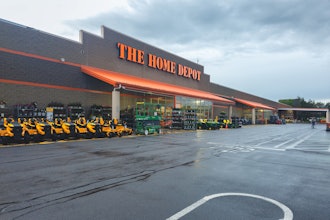Unsure about Reshoring? Get the Facts Before You Leap
Is manufacturing coming back to the US? Some may be returning, but the single best answer is “No”.
No, there is not a mass movement to bring manufacturing back to the US. No, we are not moving away from global supply chains. No, the US does not have a large workforce waiting to take low paying jobs.
I have heard the opposing opinions, and I agree that some companies may benefit from having manufacturing closer. But look before you leap, because reshoring is not always a good idea. Here’s some information to help you decide:
- Onshoring from China: In 2001, China’s labor costs were about 4% of US labor costs. With more recent increases in China labor costs, now it is only 15% of the costs in the US. However, companies can’t look at these labor costs in a vacuum. Productivity has also increased. So, onshoring is really not viable for most product categories in the US (and similar numbers are relevant for Europe).
- Nearshoring to Mexico: While it is true that in 2001 China labor costs were 20% of the Mexico costs, the increase in China labor costs has resulted today in Chinese labor costs being 75% of costs in Mexico. At the same time, productivity has increased (similar numbers apply to Turkey with respect to Europe). But at 75%, there are many product categories (particularly large, heavy products) in which nearshoring is a viable option to consider.
- Local Facilities and Labor: In certain industries, it may be practical to bring back manufacturing to the US, but there are two huge factors that constrain this onshoring alternative: availability of facilities and labor. Many manufacturing facilities have been torn down or repurposed for uses other than manufacturing. Likewise, there have been significant changes in the workforce over the years, and a number of people prefer not to work in manufacturing.
As the marketplace continues to evolve, reshoring needs to be considered in the context of two key factors: 1) total delivered costs, and 2) future volumes of consumption. This means making decisions based on the final cost of an item after it passes through the full end-to-end supply chain and reaches the end consumer.
At the same time, look to the future – it’s dangerous to base sourcing decisions solely on yesterday’s consumption numbers. Manufacturing locations should be more in tune with today’s and tomorrow’s projected consumption numbers.
Just because reshoring/onshoring/nearshoring gets a lot of hype, it doesn’t mean that it’s for every company.
The Supply Chain Consortium recently published a report, Views on Reshoring: The Continuing Debate—Will Manufacturing Return to the U.S.?, that shares more insights and data on this topic. Download the report, or post a comment below if you have different thoughts or similar experiences to share.


















